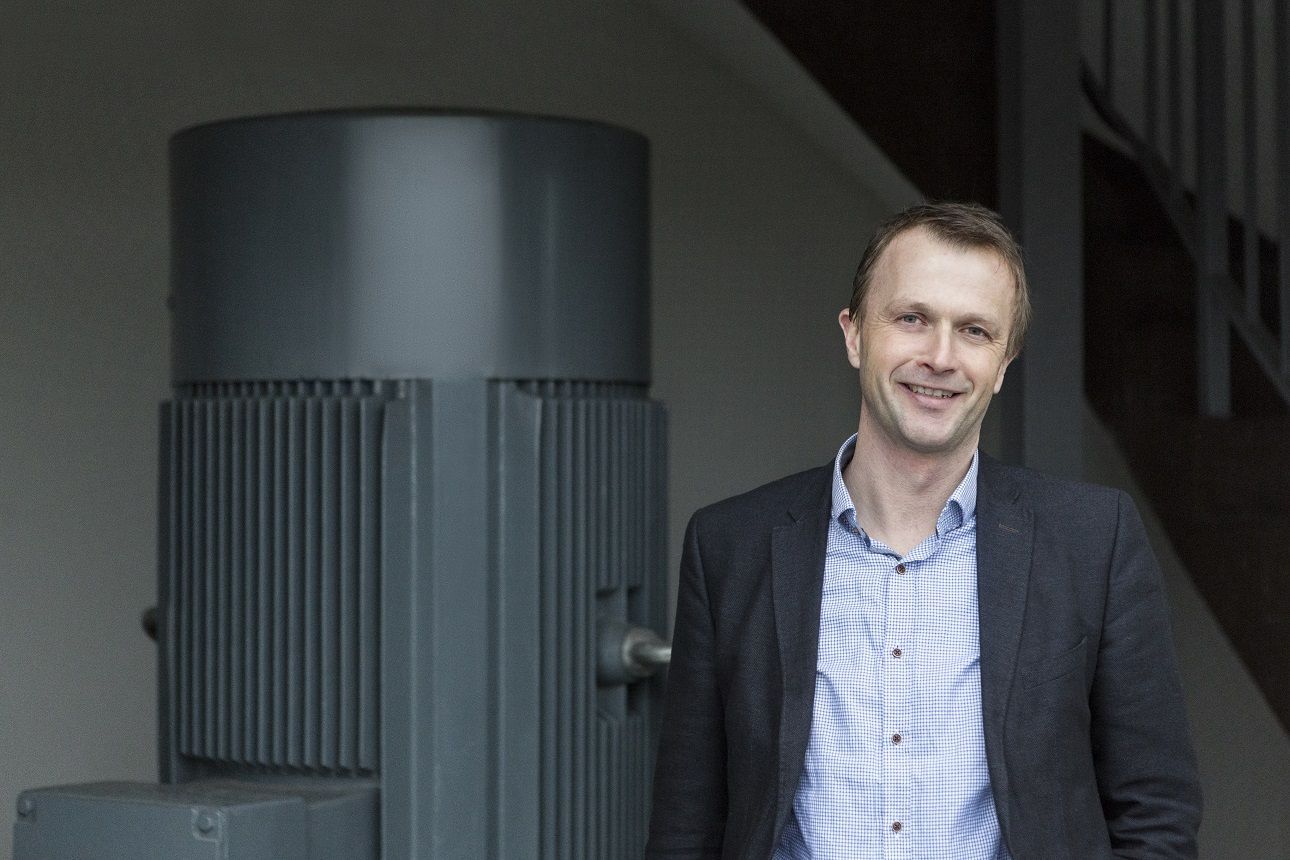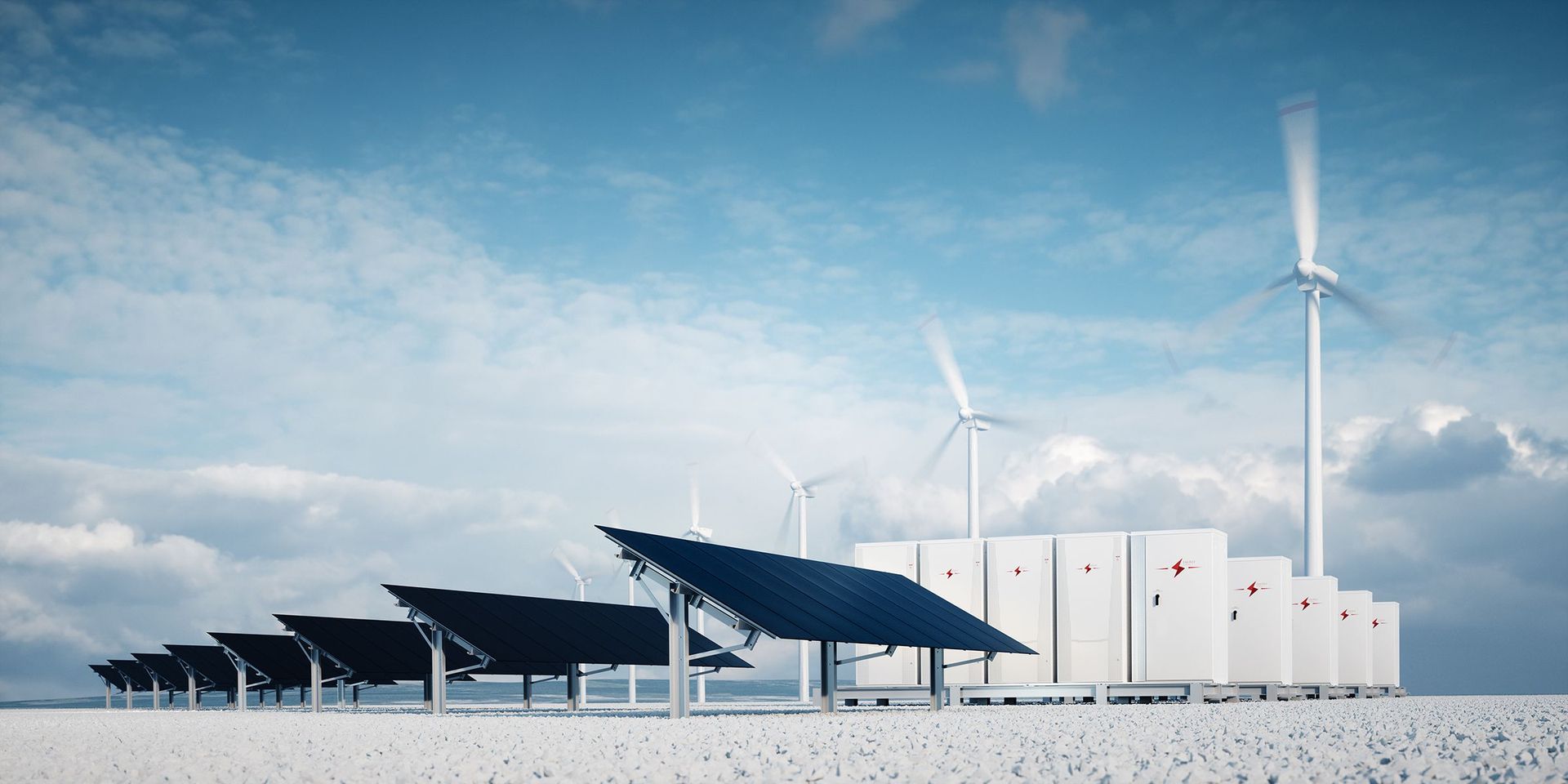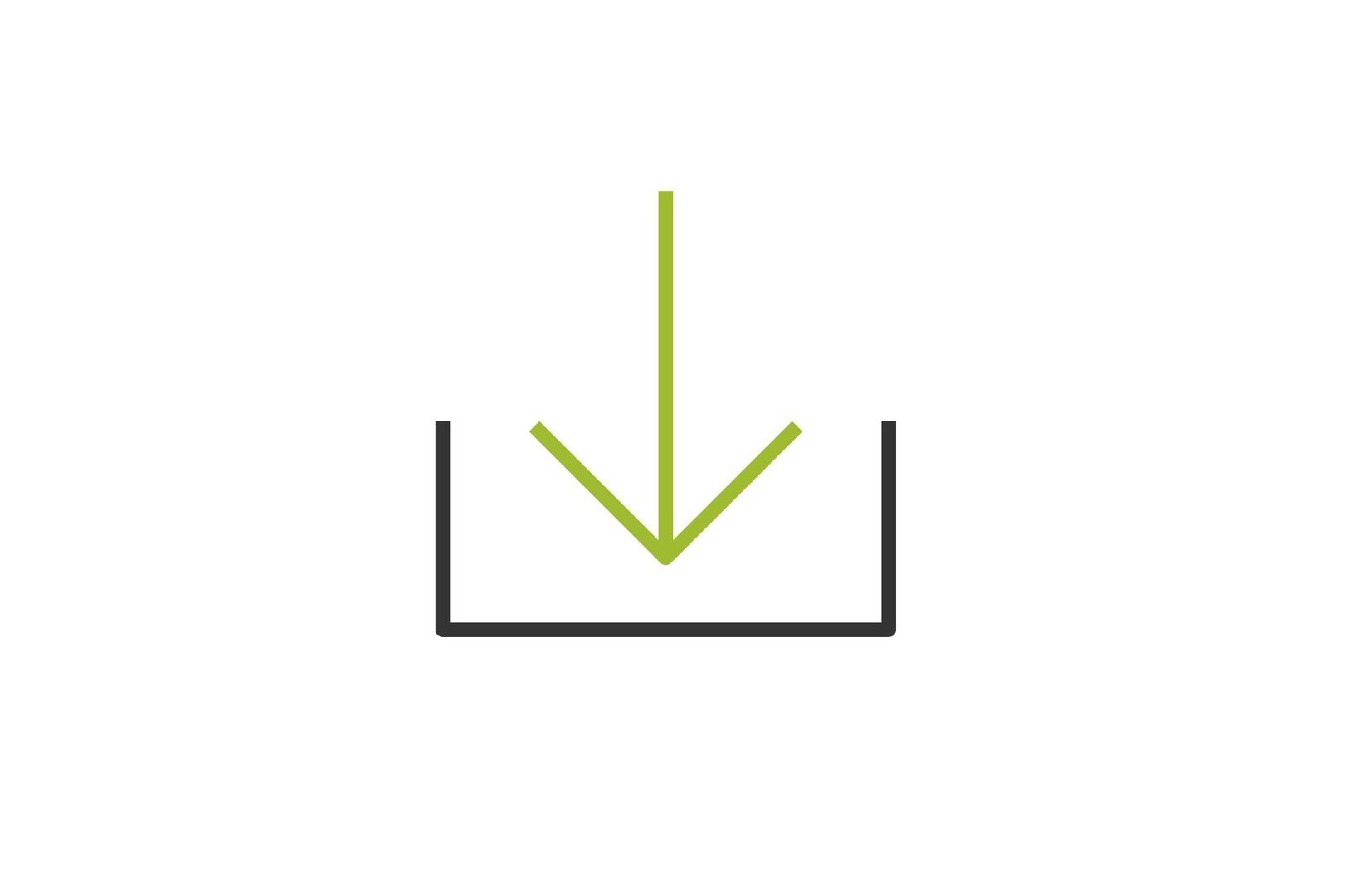Thinking flexibly
Rain pours down in droves as Matthias Reimers unbars the gate to the pumping station. He is the CEO of a public association that operates and maintains, among other things, pumping stations on a dike on the North Sea in Germany. They pump rainwater back into the North Sea to keep the salt marsh habitable and cultivatable. “Today we have to pump,” Reimers says as the downpour continues.
Table of Contents

The electricity to power the water pumps is delivered by Next Kraftwerke. Matthias Reimers explains what the electricity tariff is all about: "In the past, we used to gear the operation of the pumps - i.e. the decision when to pump and when not to - primarily to two parameters: the inland water level and, in the case of some exposed dikes, also the outside water level. Today a third variable is added: the quarter-hour electricity prices from our supplier Next Kraftwerke." The control station technology of the pumping stations has been connected to the virtual power station of Next Kraftwerke since 2015 and continuously receives new electricity prices for feeding into the system. "Our system automatically selects the cheapest quarter of an hour to pump the rainwater back into the North Sea," Reimers explains. "This has enabled us to reduce our energy price by around 30% compared with the previous supply contract. And this works without us having to accept any restrictions in pump operation, because of course draining the marshland always has top priority. Our pumps have absolute priority and full autonomy. Next Kraftwerke does not decide when we consume the electricity, Next Kraftwerke only gives us the opportunity to make economically sensible decisions about when we should consume our electricity.
The fact that DHSV uses the flexibility of its own electricity consumption via the flexible electricity tariff also has a historical reason: the role of wind power. "700 years ago, our ancestors used their windmills to keep the marshes dry. Today we're doing it again, only through the power exchange and far more flexibly than before." The flexibility of the DHSV results from the storage basins upstream of the pumping stations. "Basically, these are energy storage tanks," explains Reimers, "because the 15 centimeters of leeway we have in the storage basins allow the pumping stations to operate flexibly. Therefore, it happens that the pumping stations can obtain their electricity primarily when it is cheap on the electricity exchange, in other words when there is a lot of sunshine or the wind blows. A favorable combination, as Reimers reports that the amount of wind and rainfall are usually related. After all, the Marschenverband Schleswig-Holstein e.V., of which DHSV is a member, also operates four of the association's own wind turbines as part of the "Wind for Water" project.
Reimer’s association had other reasons for trying out the Best of 96. As coastal dwellers, they feel a sense of duty to help reduce the effects of climate change. “We want to use our flexibility to further the integration of renewable energies into the grid,” Reimers says. “We are convinced this is sustainable.”
Facts & Figures
| Capacity: | 576 kW |
| Partner website: | More about the DHSV Dithmarschen |
| Applied product: | Flexible power consumption "Best of 96" |
More Information and Services


